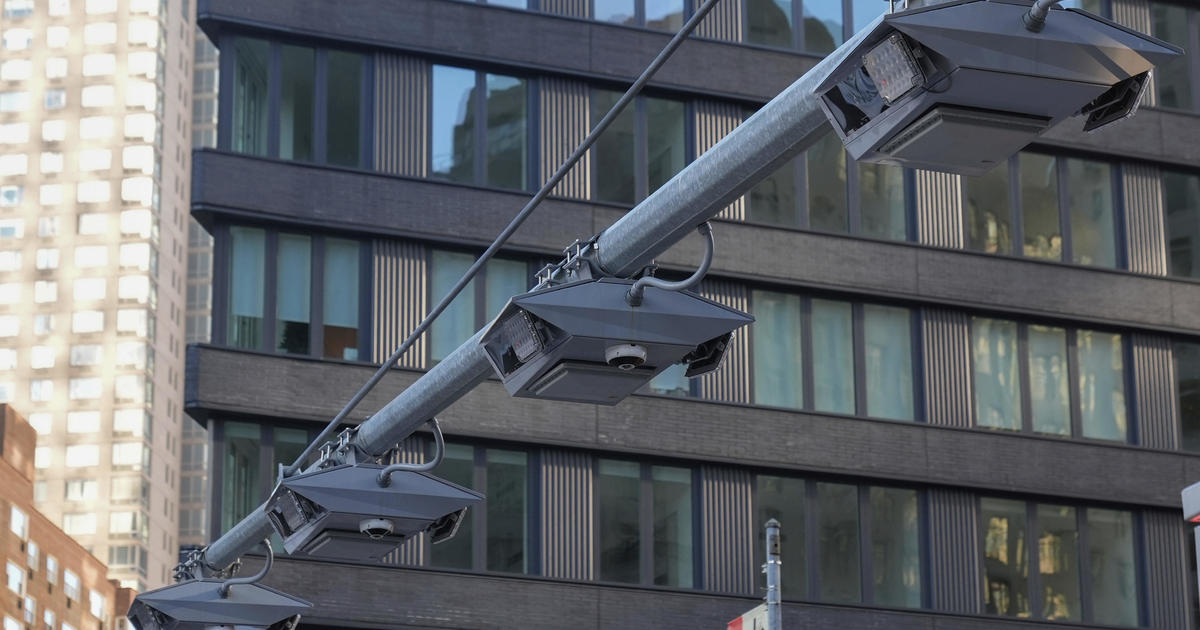Doctors Use Pacemaker-Like Device To Help Treat Overactive Bladder
NEW YORK (CBSNewYork) – There is a long-lasting treatment for the millions of women suffering from overactive bladder: a pacemaker.
"I was going to the bathroom pretty much – started out every 15 minutes, then I became every five minutes," patient Maxine Stern said.
Her overactive bladder was making her life miserable, and she has lots of company, CBS2's Dr. Max Gomez reported. Estimates are that 37 million Americans have an overactive bladder, or OAB, which can also include incontinence
"Anybody can get it, anybody of any age or any gender. But it tends to affect more women and usually women as they get older," said Dr. Nicole Fleischmann, with Advanced Urology Centers of New York.
There are medications to treat overactive bladder, but almost two-thirds of patients stop using them because of unpleasant side effects.
"Dry mouth, constipation, sometimes we get memory loss in our older population," Fleischmann said.
Instead, she recommended that Stern try a small, battery-operated stimulator – sort of like a bladder pacemaker. It's implanted under the skin under local anesthesia, and a thin, flexible electrode is threaded through the sacrum or tailbone, so it can stimulate the sacral nerve, which helps control bladder function.
"It's 82 percent effective in patients in decreasing their urinating symptoms," Fleischmann said.
Just as importantly for a chronic condition like OAB, the same study showed that the InterStim pacemaker maintained its effectiveness for at least the five years that patients were studied.
Stern said it's given her back her quality of life.
"I just came back from a trip to Israel. I went to Vienna, Israel and Petra. I went from constantly going to the ladies room to having to remind myself to go," she said.
To see if the InterStim device works for a patient's OAB, doctors will usually place a temporary, test electrode for a week or so to see if you get relief.
It's programmable to achieve the best relief and patients usually feel a mild buzzing sensation when it's working.



